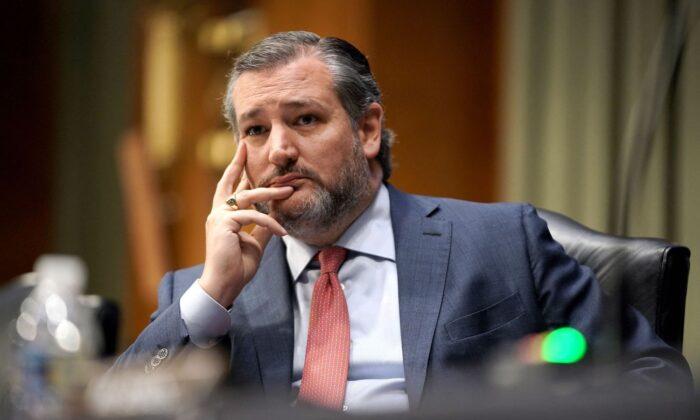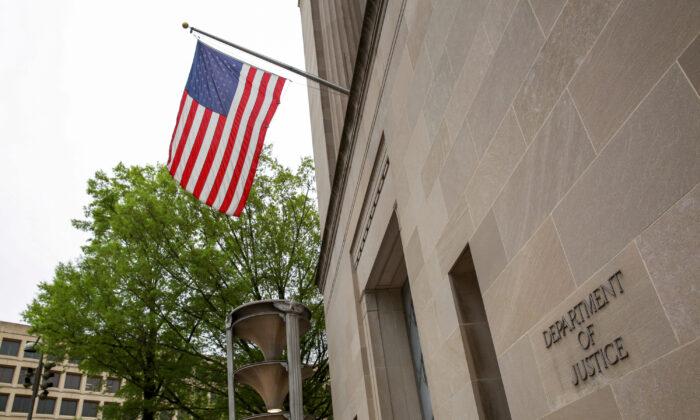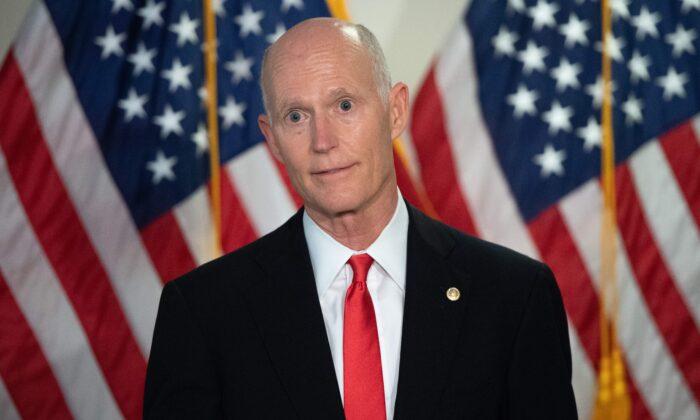Two key potential participants in Australia’s 5G broadband network have been revealed to have ties with the Chinese Communist Party (CCP), which could possibly be perceived as a security risk for the planned network.
Serious questions about Nokia and Ericsson—which already have contracts with the Australian government—regarding their connections with the Chinese regime were revealed on Aug. 13, after
Fairfax reported on the extent of the companies’ ties. Although Nokia is headquartered in Finland and Ericsson in Sweden, both companies manufacture their equipment in Chinese factories and have joint ventures led by Communist Party officials.
The Turnbull government was preparing to ban Huawei, a rival company to Nokia and Ericsson and the world’s largest maker of telecommunications network gear, from supplying equipment for its 5G network after intelligence agencies raised concerns that the CCP could force the company to hand over sensitive data, two government sources told
Reuters in July.
Ren Zhengfei, the founder of Huawei, was a former officer in the People’s Liberation Army (PLA). He continues to run the company today.
For years, intelligence agencies in the west have raised concerns about Huawei’s connections to the Chinese regime and the possibility that its equipment could be used for espionage. But there is currently no public evidence to support those suspicions.
Nokia’s and Ericsson’s links to the Chinese regime could potentially be perceived in a similar manner to Huawei’s.
Nokia and China Huaxin Post & Telecommunication Economy Development Center entered into a joint venture in May 2017. The joint company, named Nokia Shanghai Bell, boldly displays the Communist Party symbol on its
website.
Nokia Shanghai Bell’s chairman,
Yuan Xin, is the secretary of the company’s Communist Party Committee. Government organisations and private companies are required to have communist party units in order to implement party policy in all aspects of society, according to a
regulation passed in 2015.
Similarly, Ericsson entered into a joint venture with Nanjing Panda Electronics in March 2014, named Nanjing Ericsson Panda Communication. According to a Chinese regime
website, the joint venture is “responsible for the supply of and support to Ericsson’s mobile communication system equipment and program-controlled telephone switching systems in the Asia-pacific region.”
Several directors of Nanjing Panda Electronics hold Communist Party positions including their chairman, Guofei Xu, according to the company’s
website.
In a statement to The Epoch Times, a spokesperson of the Department of Home Affairs said “due to national security and commercial sensitivities, it would not be appropriate” to answer questions about the two telecommunication companies’ ties to the Chinese regime.
“The Australian Government recognises the opportunities 5G presents for economy-wide transformation,” the spokesperson said.
“The Government wants to support an environment that allows Australia to realise the benefits of 5G across the economy.
“The telecommunications sector is key to our national security and the government will take the necessary actions to ensure its protection.”
Huawei Tries to Allay Security Fears
Earlier in the year,
Huawei lobbied against concerns to allay the federal government about worries that the company’s links to the CCP’s intelligence services pose a security risk. John Lord, chairman of Huawei’s Australian unit, said he believes “banning Huawei will not make the Australian telecom ecosystem safer.”
The telecommunications company has promised that Canberra will have complete oversight of 5G network equipment, which could include base stations, towers, and radio transmission equipment.
That sort of model has been used by other countries such as the UK, where a special laboratory staffed with government intelligence officials checks all Huawei products, according to Reuters.
However, sources who claimed to have been briefed by British intelligence told
Asia Times that core switches installed by the telecommunications company in an upgrade were behaving suspiciously. The sources claimed the switches were letting data in and out to a third party. These reports have yet to be publicly confirmed.
The federal government is yet to make a decision on whether it will ban Huawei for its 5G network. The company was
previously banned in 2012 by the former federal Labor government from participating in the National Broadband Network.
Australian intelligence agencies had warned that there was “credible evidence” that Huawei was connected to the Third Department of the PLA—an arm of the Chinese military’s cyber-espionage network, according to Professor Clive Hamilton, the author of the book
Silent Invasion: China’s Influence in Australia.
Hamilton says in his book that Huawei has spent time creating a public image of trustworthiness by setting up an Australian board as a front: “Although it is not a state-owned company, it would be naive in the extreme to believe a company that with government support turned itself into the world’s second-biggest telecommunications equipment maker … did not have daily links with China’s intelligence services.”
Watch Next:
Australia’s China Experts Discuss Chinese Communist Party Infiltration in Australia
“The conflicts between two different values systems, and the conflicts between the two political systems are issues that cannot be ignored.”


